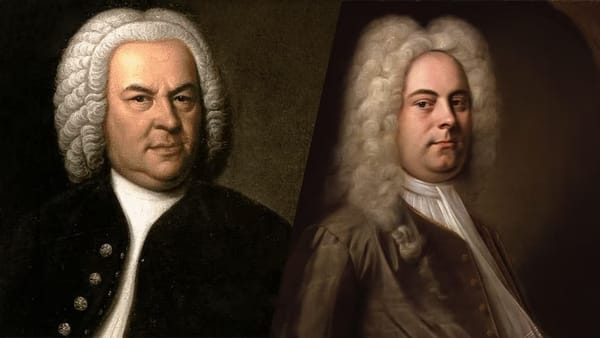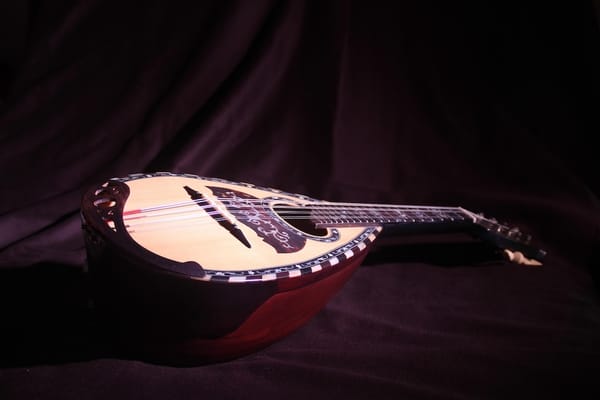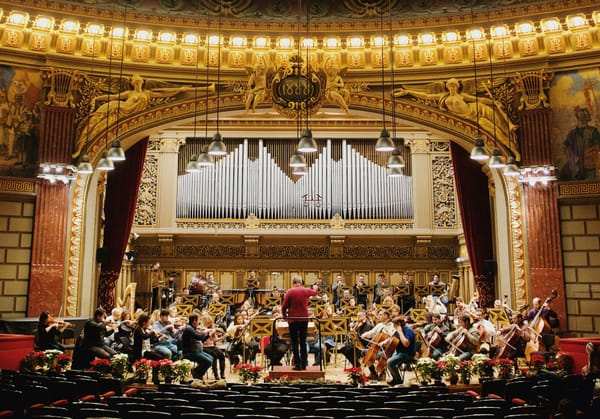The Impact of Indian Classical Music on Modern Film Scores

Music is absolutely important in the rich fabric of world cinema since it directs emotion, story, and environment. Although Western symphonies and technological advancements have significantly affected modern film scoring, Indian classical music—with its profoundly spiritual origins, complex rhythms, and distinctive melodic structures—has created a unique presence in contemporary film scores, both in Bollywood and on the worldwide stage.
More than simply a backdrop, this centuries-old musical legacy breathes cultural authenticity into scenes, heightens emotional intensity, and sometimes imparts agelessness to movies. Let's explore the interesting ways modern film scores are still influenced by Indian classical music.
The Core of Indian Classical Music
Indian classical music is sometimes split into two traditions: Hindustani (North Indian) and Carnatic (South Indian). Both include complicated melodic structures called ragas and sophisticated rhythmic patterns called taalas.
Unlike Western music, which is scale-based, Indian classical music uses ragas—not only scales, but frameworks that govern mood, time of performance, and melodic progression. Every raga has emotional depth, which makes them perfect instruments for composers to elicit particular emotions in movie sequences.
Raga and Bollywood Revival
Bollywood has always welcomed Indian classical music. Ragas and traditional instruments including the sitar, tabla, and bansuri stay prominent from the golden age of Lata Mangeshkar and Mohammed Rafi to modern composers such as A.R. Rahman and Shankar-Ehsaan-Loy.
A.R. Rahman's Lagaan score is among the most famous. Set in colonial India, the movie enhances its historical authenticity using Hindustani classical themes. The raga-based songs increase the emotional impact of important scenes by adding weight and evoking a past age.
Likewise, movies like Swades, Jodhaa Akbar, and Baiju Bawra include classical tunes not just to preserve cultural roots but also to enhance the narrative.
Combining Western Components
To produce something really fresh, modern Indian artists frequently mix classical Indian components with symphonic or electronic arrangements. Scores using this combination have worldwide appeal and dramatic intensity.
Consider the Slumdog Millionaire music. Although most of it leans toward electronic music, the basic beats and tonal textures draw strongly from Indian classical ragas and rhythmic cycles. The outcome is a soundscape that is profoundly rooted yet internationally accessible.
Even world musicians have been motivated by this approach. In The Dark Knight Rises, Hans Zimmer worked with Indian singer Shivam Pathak to include Indian elements into the chants and background vocals of the score.
Cultural Authenticity and Global Appeal
Indian classical music has discovered new paths with the growth of worldwide streaming services and foreign co-productions. Films such as Life of Pi and The Namesake feature Carnatic and Hindustani components to enrich their cultural stories. Aiming for realism, even Western directors look to classical Indian composers to score sequences featuring Indian characters or locales.
This increasing awareness also highlights a more general trend whereby unique aspects earlier deemed too conventional or geographically particular are being honored for their artistic worth.
Ragas' Emotional Layering
In cinema scoring, the real strength of Indian classical music is in its emotional force. With refined accuracy, a certain raga can express love, yearning, happiness, or sadness. To give an example:
Often, Raga Yaman is used to express serenity and dedication.
Raga Bhairavi brings a feeling of farewell or sadness.
Raga Desh calls for patriotism and romanticism.
Classical music provides a toolbox significantly more flexible than traditional scoring methods when the story of a movie calls for subtle emotional shifts.
The Importance of Traditional Instruments
Instruments such as the sitar, sarangi, mridangam, and veena are not only musical tools; they are narrators. The sarangi, for example, so closely resembles the human voice that it frequently elicits great emotion in somber or contemplative settings.
Modern compositions often include these sounds either recorded live or sampled to provide dramatic events a rich depth. Indian instruments usually find their way into the arrangement even in non-Indian films when sequences call for an Eastern milieu or spiritual undertone.
Sampling and Technological Integration
Composers now have access to great libraries of Indian classical samples as digital production gets more accessible. This accessibility has resulted in more hybrid soundtracks where a raga motif could be stacked with synthetic pads or techno beats, therefore bridging tradition and modernity.
Much like businesses outside music, Indian classical music has evolved to fit the digital era. Just as the entertainment industry has welcomed creativity, other sectors—such as iGaming—have combined user comfort with legacy. Platforms like casinos supporting Amazon Gift Card payments, for instance, show how cultural legacy and innovation may peacefully coexist by combining contemporary payment simplicity with classic game styles.
Cultural Continuity and Music Education
Many film composers are versed in classical music; they are not only using ragas. Institutions all throughout India still educate young musicians, so guaranteeing that the information of historical ragas and rhythmic patterns is retained and changes with time.
Living examples of this legacy are composers like as Ilaiyaraaja and Vishal Bhardwaj. Their knowledge of classical forms lends authenticity and depth to their music, hence enabling them to produce film scores that speak on both emotional and aural levels.
Cultural Misappropriation and Challenges
Though not without controversy, Indian classical music's influence has expanded. Many contend that, particularly in foreign movies trying to check the "diversity" box without genuine cultural awareness, shallow use of ragas or indigenous instruments might seem tokenistic.
Responsible integration calls for more than a soundbite; it also needs background, goal, and respect for the roots of the creative form. Many composers, thankfully, are treating this work with the appropriate gravity.
Indian Classical Music's Future in Film
Indian classical music's influence is only going to increase as more foreign productions investigate Indian stories and Indian cinema keeps to globalize. Tech-savvy but classically educated, the new generation of composers is well-equipped to create soundtracks combining emotion, creativity, and cultural richness.
Furthermore, as people get more musically knowledgeable and culturally aware, their respect for these complex pieces deepens. Once limited to temples and royal courts, Indian classical music today rules worldwide stages and Oscar-winning soundtracks.
Final thoughts
Indian classical music is changing modern movie scores, not only affecting them. By means of ragas, taalas, and evocative instruments, it provides directors an emotional vocabulary that is both ageless and old.
Expect Indian classical music to keep its strong path from tradition to transformation—one note at a time—as the film industry becomes more inclusive and cross-cultural.
Just as classical music changes with time and technology, so too are sectors like entertainment and gaming changing. It's interesting to see how even casinos enabling Amazon Gift Card payments represent a mix of the traditional and the modern, reflecting the very core of Indian classical music's position in today's worldwide soundscape.




